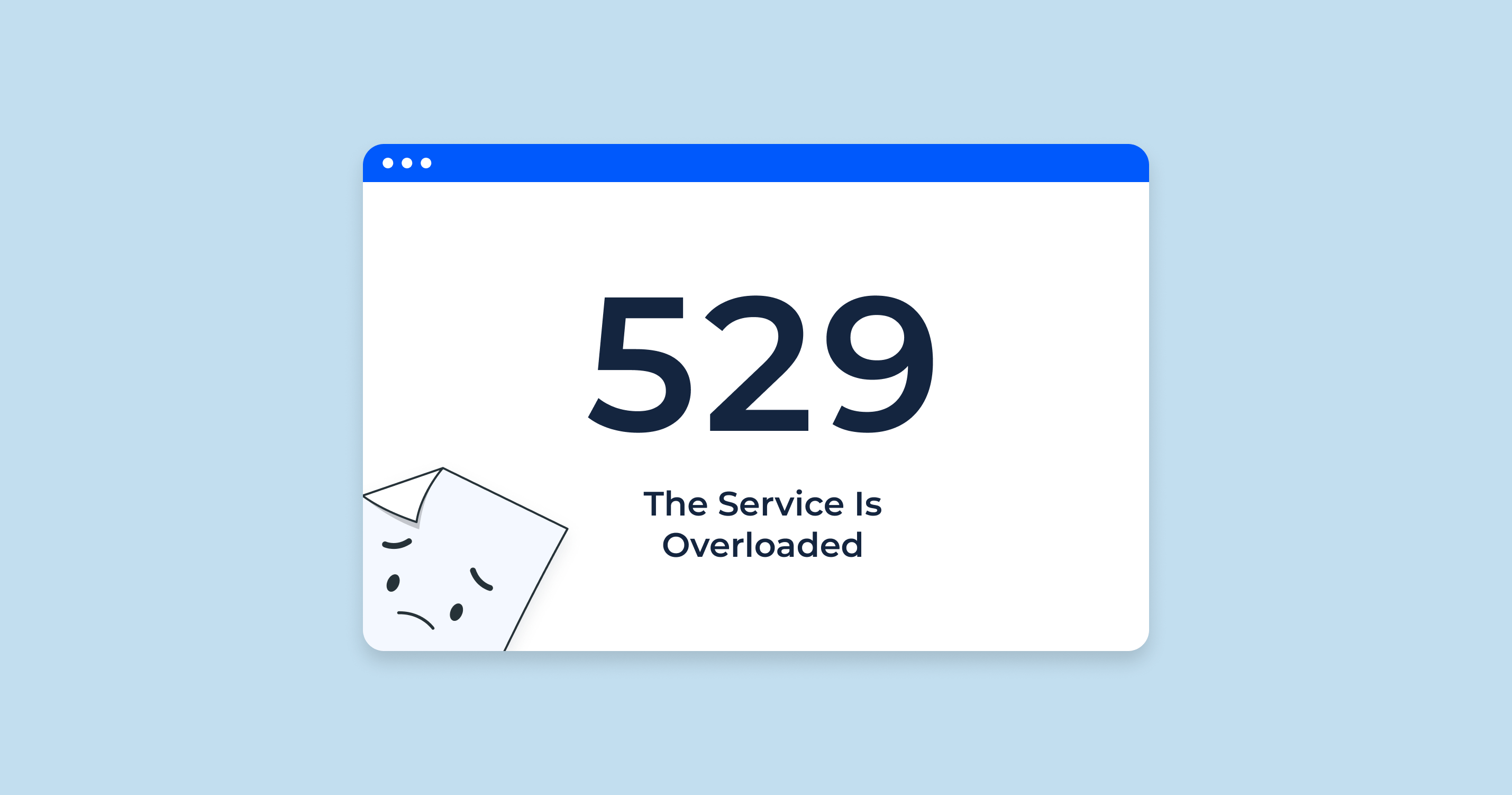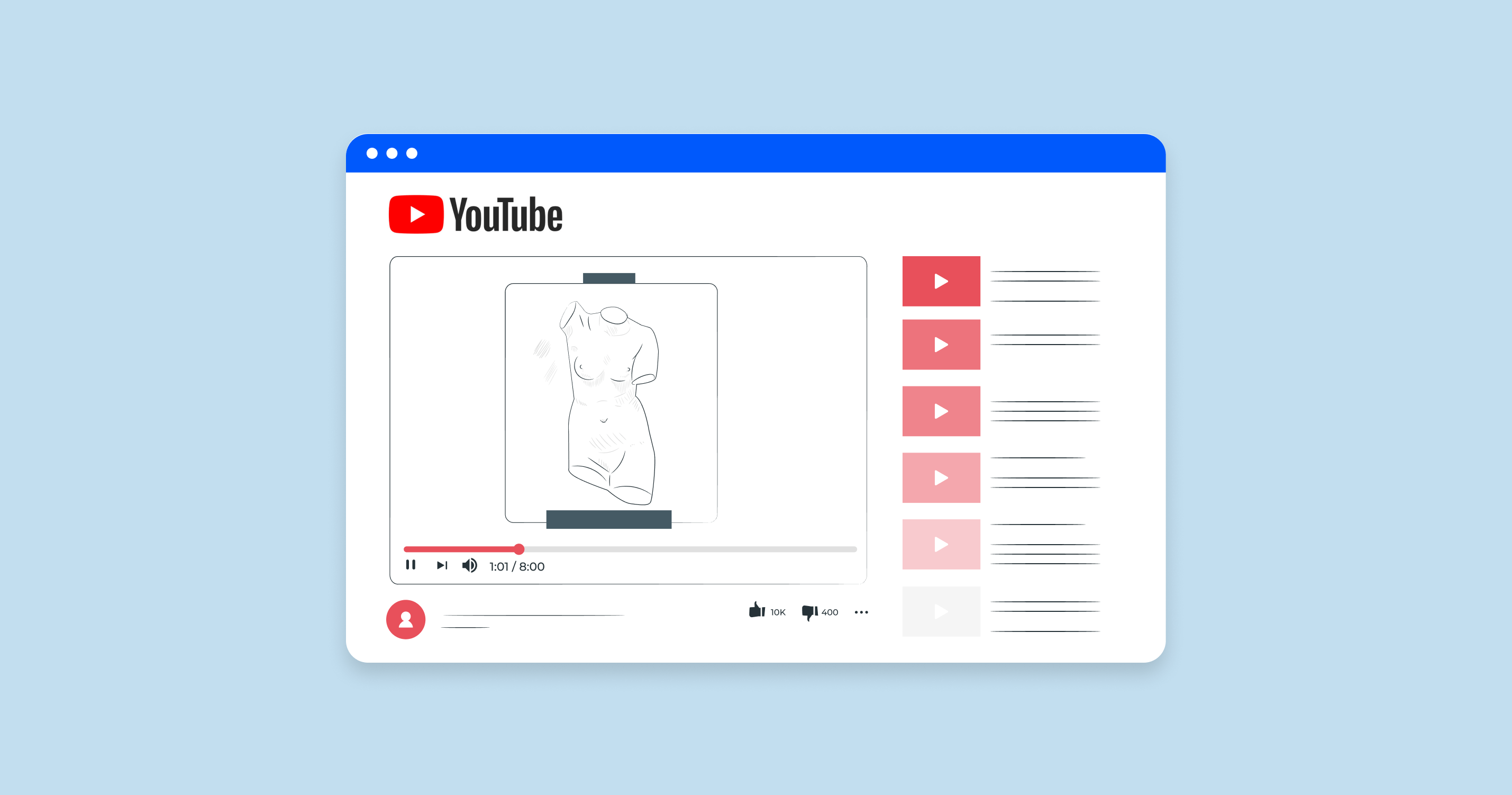What is Anchor Text?
Anchor text is the hyperlink phrase or characters in an HTML document. It is typically displayed in a different color and sometimes underlined to distinguish it from the surrounding words. An anchor serves as a navigational tool, allowing users to move from one webpage to another by clicking on the linked words.
It also provides context for search engines, helping them understand the relationship between web pages and the relevance of the linked content to specific topics or keywords.
An anchor is a text part of the hyperlink which is observed by the user of the website (is placed between the tags …). Having activated it, the visitor will come to the determined web resource.
In HTML, anchors should be written in the next way:
<a href="url site">anchor</a>
<a href="https://sitechecker.pro/external-links/">external links</a>
No anchor link
These are the type of links which contain no keyword.
To this type belong:
The site address (very often they are used to direct to the home page of the Internet resource)
For example:
<a href="https://sitechecker.pro/">https://sitechecker.pro/</a>Alternative text is different from the keywords. Such hyperlinks contain words like “here”, “read also”, and so on. For example:
<a href="https://sitechecker.pro/">here</a>Does Anchor Text Affect SEO?
It is a ranking factor in SEO, as it helps search engines understand the context and relevance of the linked content. An anchor containing keywords that are related to the publication page can signal to search engines that the linked content is relevant to those keywords.
This can potentially improve the page’s rankings for those terms in search engine results pages (SERPs).
More about that in Google SEO office-hours video by Google Search Central:
Specifically, Meuller addresses the following question:
I mean do you assign more value to those two words when you compare it to anchor text that has like 7 or 8 words?
For example - 2 words anchor text like 'cheap shoes' and the 7 word anchor text is 'you can buy cheap shoes here.'
Can you elaborate on that?
Here is Mueller’s response to the question about the length of words in the anchor text:
Sometimes if you have a longer anchor text that gives us a little bit more information. Sometimes it's kind of like just a collection of different keywords.
So, from that point of view, I wouldn't see any of these as being better or worse. And it's something where, especially for internal linking, you want to probably focus more on things like how can you make it clearer for your users that if they click on this like this is what they'll find.
So that's kind of the way that I would look at it here. I wouldn't say that shorter anchor text is better or shorter anchor text is worse, it's just different context.
However, it’s essential to maintain a diverse and natural mix of anchor text types to avoid over-optimization and search engine penalties. Using a variety of branded, exact-match, partial-match, and generic anchors in your link profile is crucial for creating a natural and healthy backlink profile, which can ultimately improve your rankings in SERPs.
Anchor text is important for SEO for several reasons:
Context and relevance
Anchor text links two webpages together and provides search engines with valuable context about the linked content. This helps them understand the relationship between webpages and the relevance of the target page to specific keywords or topics. This can improve indexing, ranking, and the overall visibility of your content in search engine results pages (SERPs).
User experience
Descriptive and relevant words improve user experience by clearly indicating the nature of the linked content, which helps users decide whether to click the link or not. Enhanced user experience can lead to lower bounce rates, longer time spent on your site, and higher user engagement, all of which positively influence your SEO performance.
Keyword optimization
Including keywords in an anchor can signal to search engines that the linked page is related to those keywords, potentially boosting its ranking for those terms. However, it is important to maintain a diverse and natural mix to avoid over-optimization, which can lead to search engine penalties.
Internal linking structure
Anchor texts are a crucial component of internal linking, which helps search engines understand the structure and hierarchy of your website. Proper internal linking with well-crafted phrases can improve the indexing of your content and distribute link equity across your site, contributing to better SEO performance.
Link profile diversity
A diverse and natural link profile, featuring a mix of branded exact-match, partial-match, and generic linked phrases, can help protect your site from search engine penalties associated with manipulative or spammy linking practices. A healthy link profile signals to search engines that your site is a credible and valuable resource, ultimately improving your rankings in SERPs.
Types of Anchor Text
There are several types, each serving a different purpose and contributing to a diverse and natural link profile. Understanding these types and how they work can help you optimize your website’s SEO performance:
- Branded anchor text: This type includes the brand name as part of the phrasing, for example, “Visit Sitechecker website.” Branded anchor text helps improve brand visibility, recognition, and trust.
- Exact-match anchor text: It uses specific words or phrases that precisely match the target page’s primary keyword, for instance, “best running shoes” linking to a page about top running shoes. This type of link text can be beneficial for SEO when used in moderation, but excessive use may lead to over-optimization and search engine penalties.
- Partial-match anchor text: This one incorporates variations or related terms of the target page’s primary keyword, like “affordable running shoes” linking to another page optimized for “best running shoes.” This type helps maintain a natural link profile and reduces the risk of over-optimization.
- Generic anchor text: it is phrases that don’t include specific keywords, such as “click here” or “learn more.” While such may not directly improve keyword rankings, they contribute to a diverse and natural link profile, which is essential for SEO.
- Naked anchor text: is a raw URL without any descriptive words, like “https://www.example.com.” Although it doesn’t provide much context to users or search engines, it can still contribute to a balanced and natural link profile.
- Image anchor text: When an image is hyperlinked, the image’s alt text serves as the anchor, providing context and information about where it takes the visitor. Images’ alt text should be optimized properly for both accessibility and SEO purposes.
- Long-tail anchor text: This type includes longer, more specific phrases that target long-tail keywords, such as “best trail running shoes for beginners.” Long-tail anchors can improve rankings for niche or less competitive keywords.
By incorporating a mix of these different types in your internal and external linking strategy, you can create a more natural and diverse profile, which can contribute to better SEO performance and improved search engine rankings.
Typical Missteps Regarding Anchor Text and How to Address Them
Using too much exact-match anchor text
Solution: Diversify your linked phrases by including branded, partial-match, generic, and related phrases. This helps in maintaining a natural link profile and avoiding search engine penalties.
Ignoring the importance of branded anchor text
Solution: Include your brand name into the hyperlinked phrase to improve brand visibility, recognition, and trust.
Using only generic or unrelated anchor text
Solution: Ensure your anchor phrase is relevant to the linked content, using specific words and phrases that accurately represent the publication page’s subject.
Overlooking internal linking opportunities
Solution: Use internal links with descriptive anchor text to guide users through your site, improving user experience and site structure.
Neglecting link diversity and relevance
Solution: Aim to build a diverse link profile by obtaining backlinks from various sources, such as blogs, forums, and social media platforms, with relevant anchor text.
Not monitoring broken or spammy links
Solution: Regularly audit your link profile to identify and remove broken or spammy links, as these can harm your SEO performance and user experience.
Overlooking anchor text density and ratio
Solution: Monitor your anchor text density, co-occurrence, and ratio, ensuring a balance between different types to maintain a natural link profile.
Conclusion
Anchor text plays a crucial role in SEO, providing valuable context and relevance to both search engines and users. To optimize your website’s SEO performance, focus on utilizing diverse and descriptive texts in your internal and external linking strategies. By maintaining a natural and balanced link profile, you can enhance user experience, improve search engine rankings, and support the overall success of your website.




